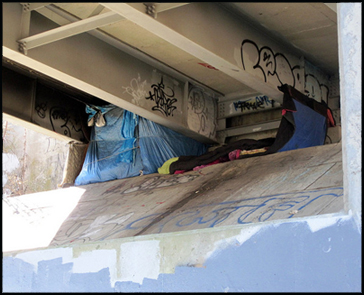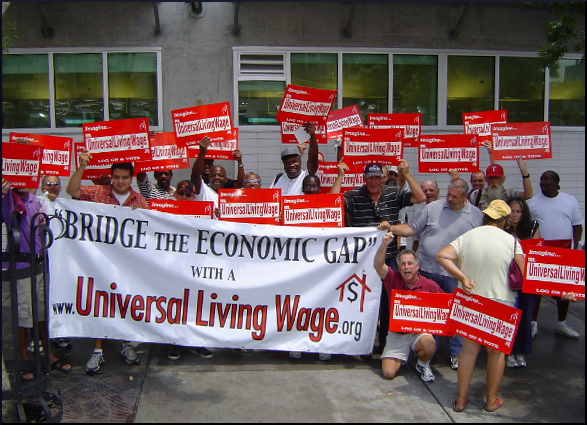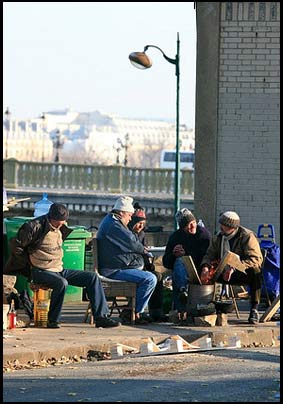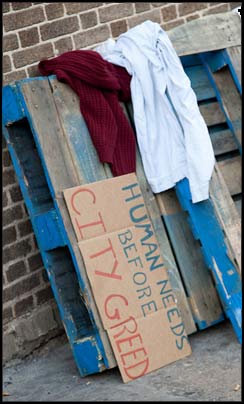
Here’s the history and definition of “Jim Crow,” as presented by a website called Tennessee 4 me:
After the U.S. Supreme Court overturned the Civil Rights Act of 1875, laws were passed that separated blacks from whites. These were known as ‘Jim Crow’ laws. Supposedly the laws were named after a dance tune, ‘Jump Jim Crow’ that ridiculed African Americans. Signs went up in front of water fountains, restrooms, and other public places saying ‘Whites Only.’
Most of an entire generation, maybe a couple of generations, of Americans would not know the meaning of “Jim Crow” if the question were asked on a TV quiz show. The concept was said to be dead and buried. But today, risen like a zombie from a shallow grave, the spirit of Jim Crow stalks the land, virulent as ever. In fact, that spirit has developed a whole new side to its malevolent personality.
Conversely, there is the spirit of Dr. Martin Luther King Jr., which is resurrected by Michelle Alexander’s book The New Jim Crow. Such is the belief of Cornel West, who wrote the book’s foreword. West also perceives a “democratic awakening focused on the poor and vulnerable in American society.”
Alexander’s work demonstrates that the country’s racial caste system has not been abolished, but only redesigned. Alexander concentrates on one major aspect of that indictment, the cycling of racial minorities from joblessness to prison to homelessness and loss of civil rights. West says:
Her subtle analysis shifts our attention from the racial symbol of America’s achievement to the actual substance of America’s shame: the massive use of state power to incarcerate hundreds of thousands of precious poor, black, male (and, increasingly, female) young people in the name of a bogus ‘War on Drugs.’
In fact, the very discourse of colorblindness — created by neoconservatives and neoliberals in order to trivialize and disguise the depths of black suffering in the 1980s and ’90s — has left America blind to the New Jim Crow.
The massive disproportion apparent in the prison population is by no means the sum of the problem. Additionally, America has not quite realized that Jim Crow is now colorblind, too.
“Homeless is the new black.” It’s a multilayered pun, first from the fashion industry, where the “little black dress” is acknowledged as an outfit suitable anywhere, and black is the color you can’t go wrong with. But, either seriously or in jest, someone is always coming up with a line like, “Fuchsia is the new black,” meaning that it will replace that color as the fashion industry standard.
Then, there’s black in the racial sense. The way it used to be, in many parts of America, people who were then described as Negro or colored were considered non-persons, and had an almost exclusive monopoly on destitution. Nowadays, anybody can join the hordes of the shunned. Having no place to live is an equal-opportunity experience. Is this what the heroes who struggled for racial equality had in mind? Did the civil rights martyrs suffer and die so that homeless could become the new black?
Now, rather separate restrooms, or even whites-only restrooms, cities tend to have no restrooms for anybody. It’s impossible to keep homeless people out of public toilets, so the answer comes in a blinding flash of darkness — no toilets at all! This line of twisted reasoning could be called “throwing out the baby with the bathwater” or “cutting off your nose to spite your face.”
According to Drew Harwell, the way they do it in Clearwater, Florida, is to weld the doors of the public restrooms shut. And remove any stray hose or water spigot. After all, if people experiencing homelessness can be prevented from drinking, they won’t need to use a bathroom anyway, right? Oh, and make sure all the electricity is locked up tight. Harwell says:
Last month city employees took pictures of three men they saw charging cellphones at Station Square Park. Officials are also keeping a spreadsheet tracking homeless sightings and residents’ complaints… Slashing urban amenities is the city’s latest step in making it tougher to live on the street. The city’s homelessness consultant, Robert Marbut, said street survival guides and ‘renegade’ food giveaways only served to discourage the homeless from seeking real help.
This spate of bureaucratese is translated by Ann Sattley of Technically, That’s Illegal:
We cannot tolerate people living on the streets. It bothers some of our taxpayers, and they are the ones responsible for paying our salaries. We want to make them go somewhere else, so we’ll cut anything that helps them in any way. When people get upset, we’ll give them one stupid example of an alternative to keep them quiet. We’ll encourage them to go into job training, and ignore the fact that they need food and water before they can even consider getting a job.
Imagine: homeless people charging their cell phones, to communicate with the world, and maybe find work or a place to live. What a heinous crime! How dare they! The party line is that extreme “tough love” measures will “curb homelessness.” Really? Maybe the only thing curbed is the ability of homeless people to find a toilet. Or anyone else either, such as housed kids who play in parks, and the parents who accompany them. And retired folks, whose own personal plumbing doesn’t work too well. But who cares about them, as long as the street people are denied access.
Could life be any more grim? Yes. Harwell mentions a publicity campaign that was meant to talk “enablers” out of making donations to the Catholic soup kitchen — but the public pushed back against such a cruel idea. Incidentally, the homelessness consultant’s characterization of the Society of St. Vincent de Paul (founded in 1833 and serving in 132 countries) as a “renegade” organization, is disturbing to say the least.
Reactions?
Source: “Jim Crow Laws,” tn4me.org
Source: “The New Jim Crow – Foreword by Cornel West,” NewJimCrow.com
Source: “Clearwater officials crack down on public amenities used by homeless,” Tampa Bay Times, 06/14/12
Source: “Tough Love for the Homeless,” Technically, That’s Illegal, 06/14/12
Image by mikebaird (Mike Baird), used under its Creative Commons license.













